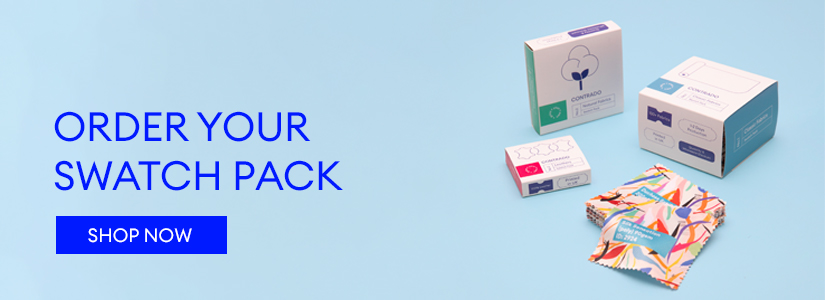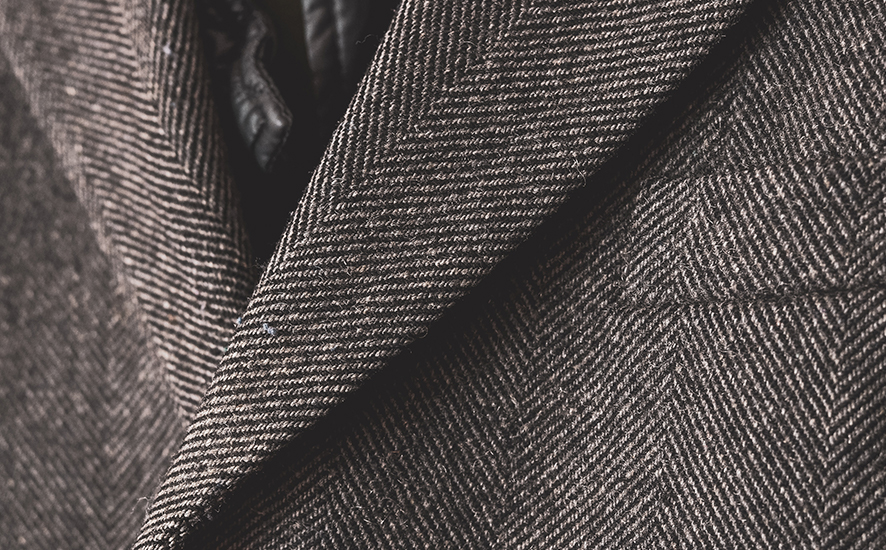Often in these posts, we cover a specific type of fabric, however, this one goes against the grain (get it? Maybe not, but hopefully by the end of this post you will) and it’s about a specific weave, rather than the fabric itself. If you’ve ever heard the term herringbone, then you might have questioned this yourself. In this post we’re going to answer the question, what is herringbone?
What Is Herringbone?
Well, as we mentioned, herringbone is a type of weave rather than a fabric itself. This means that herringbone can be made from a lot of different fabrics. Also known as a broken twill weave, this specific pattern shows a very distinctive V-shape. These are arranged into columns, all the lines in one column will ‘lean’ one way, and in the next, they’ll be the opposite direction. Herringbone gets its name for exactly that reason, it looks like the spine of a fish, in particular a herring.
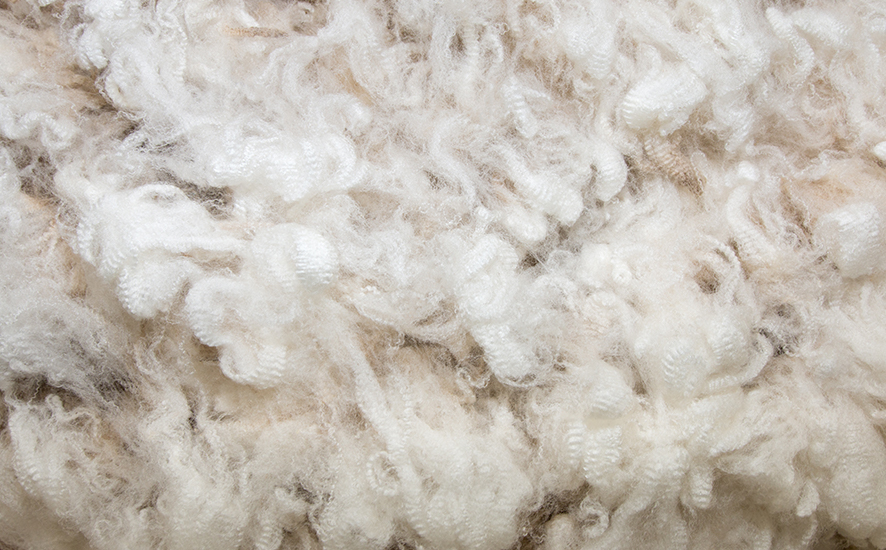
How is it made?
A herringbone weave is most commonly made from wool or tweed. You can, however, literally make this from anything – even paper. Herringbone is similar to a twill weave. Twill continues in a diagonal, whereas this doesn’t. This particular weave stops and has an offset, still of diagonals, but going in the opposite direction – like chevrons.
The trick here is that you need to vary the over-under technique when weaving. Start with your warp threads on your loom.
- Begin with your first warp, thread it under two, over two, under one, over one. Repeating this until you reach the end of your wefts
- For the second warp, in the opposite direction, one under, two over, two under, two over, two under, continuing in twos until again you reach the end of your wefts
- The third, two over, two under, one over, one under, and repeat until the end
- For the fourth, one over, two under, two over, two under, two over, repeating in twos to the end
Repeat the above four steps until you’re finished. It’s fairly simple but you need to make sure that you pay attention, especially as to which part of the offset you’re at.
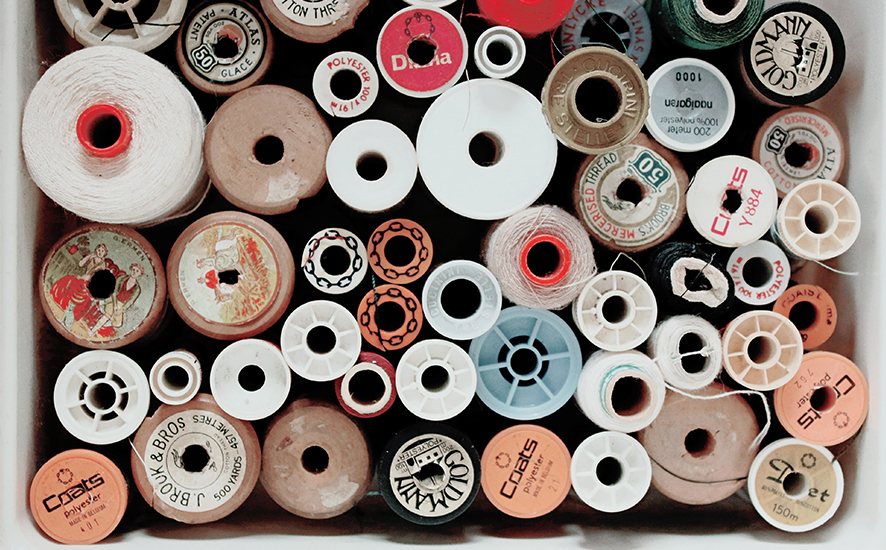
What is it Herringbone used for?
The herringbone pattern is not just used for fabric, in fact, its origins go back as far as the Roman Empire. They used it in their roads, and you can still see herringbone patterns in the streets today – most commonly in driveways and other paved areas. Another extremely common use of this pattern is school hall floors. At least in the UK, so many assembly halls and even P.E hall floors are adorned with this familiar pattern.
As far as the herringbone weave goes though, in fabric, it is hugely popular in menswear. High-fashion suits are a firm favourite. This is due to the fact that this is one of the most popular cloths to be used when tailoring. Still often made in wool, you’re also pretty likely to find this classic weave in cottons and linen, among a plethora of different fabric options. It’s incredibly versatile, offering texture and depth without being overwhelming.
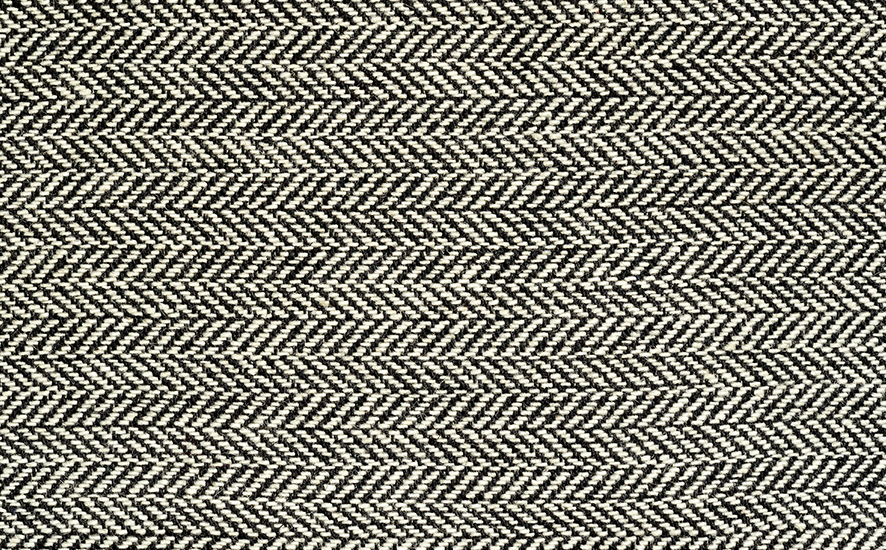
Advantages and Disadvantages
It’s a little tricky to give you a simple list of pros and cons for this one because that doesn’t depend solely on the weave, but on the fabric that it is made from as well. That, I guess, is one of the pros: We can used it on so many fabric types. It’s super-distinctive and extremely versatile, which makes it great for tailoring. It can be a little easy to get muddles when you’re weaving it, and it is more complicated than a standard twill weave. It’s also a little heavier, which is just perfect for the cooler seasons but less so for the height of summer – unless you use a might lighter weight fabric. It can add depth and texture to your garments, without being too much. If you want to though, you can add in some contrasting colours and make it too much, if that’s your thing.
Printing on Herringbone Fabric
Creating your own herringbone fabric design is easy to do, and you’ll find that it has a really strong presence for darker colours. We would advise you to avoid paler tones in areas which are particularly detailed so that they don’t get lost in the textured surface.
